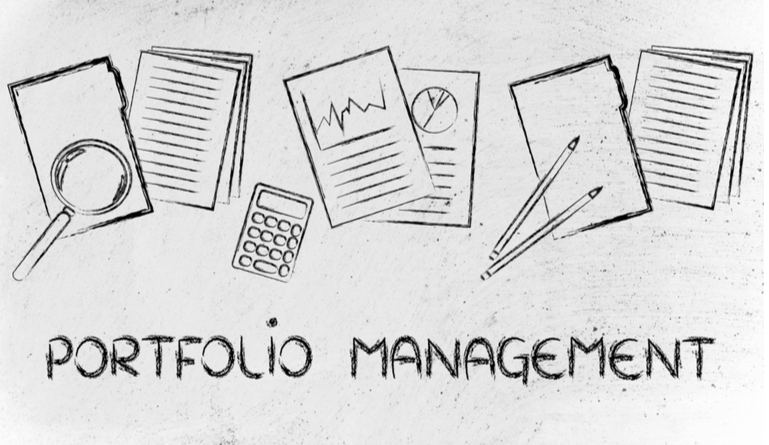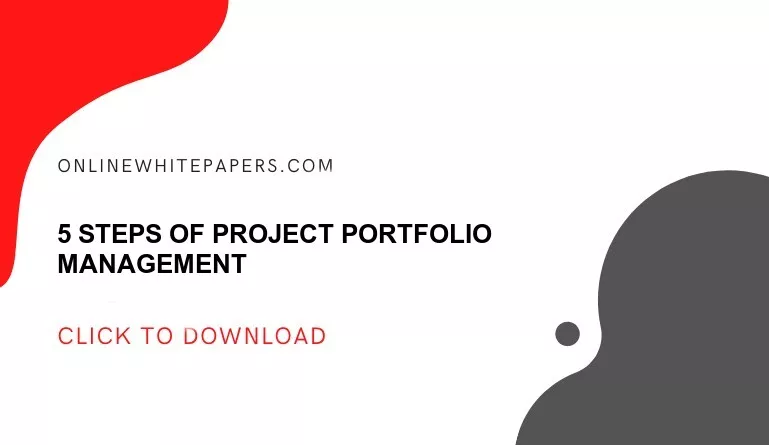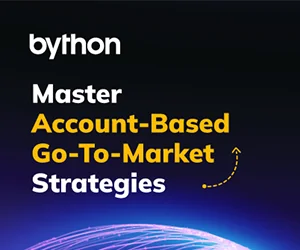Each and every type of company operating in the market constantly needs to develop efficient strategies and action plans that generate positive results for the business in general.
For this, it is necessary to have truly effective concepts, techniques and tools that contribute to the knowledge of professionals, teams, leaders and managers, as they will be responsible for putting all the strategy and planning developed into practice.
Among these concepts is Portfolio Management, which is exactly the subject we are going to address today and which will help you to further enhance the performance of your business. Keep reading this powerful piece!
What Is Portfolio Management?
An organization is made up of numerous projects, they, in turn, make up a term, called a portfolio. In order to manage these various projects in an integrated manner and increase the company’s return on investment, portfolio management was born.
The tool aims, through techniques, knowledge, and actions, to assimilate the organization’s project portfolio in a single administration. For better clarification, portfolio management goes beyond just carrying out different types of projects at the same time. It also necessitates the fulfillment of those projects efficiently, through this the objectives of the company can be strategically achieved. In addition to other benefits such as the correct use of available resources.
Thus, it is possible to state that portfolio management aims to systematically manage the various projects that an organization has and its strategies. Through this process, the portfolio manager is able to verify whether a given project is complying with its obligation and it is beneficial to the business, if the assessment is negative, it is the manager’s role to take measures so that a solution is found.
In a nutshell: excellent portfolio management is one that ensures harmony between the company’s strategies and actions, thus resulting in the achievement of the objectives of all the projects that make up the company’s portfolio.
Types of Portfolio Management
Below are two types of portfolio management to know:
-
Active portfolio management:
Active portfolio management involves managers having practical management of investments. They put themselves in the position to help investors on assets and at the end of the day get a particular percentage from the investment. They have a set goal which is to outperform the normal stock market index or benchmark, this could incur higher management payment by clients.
-
Passive portfolio management:
This type of portfolio management is done by selecting groups of investments that track the broader stock market index so as to study the trends of the investments over time and make positive use of them.
( Also Read: What is Project Portfolio Management? )
What Does a Portfolio Manager Do?
Before any explanation, it is necessary to understand that the work of a portfolio manager differs from the work of a project manager. The first has the role of monitoring all the company’s projects and the factors, whether internal or external, that affect the business, thus ensuring that the organization’s strategic planning is achieved.
The project manager, on the other hand, focuses on taking care of only one project in question, that is, he takes care of his own work and not the entire portfolio of the company.
Knowing this, we can say that managing a project portfolio is not just about running multiple projects simultaneously. Each of the project portfolios must be analyzed individually. Always with the objective of identifying its capacity to generate value for the business, as well as its adherence to the objectives defined in the strategic planning.
In this sense, the portfolio manager has the function of controlling the progress of all projects, as well as their resources, expenses, time, deadlines, aligning them with strategic goals and objectives, monitoring whether a given project is beneficial for the organization and case it is not, to identify strategies capable of reversing this situation.
Portfolio Management Process
The main process of portfolio management is sectioned into four which are goals setting, timeline, help needed, and risk tolerance for risk.
-
Setting goals:
You have to set out your goals and invest in them, talking about your savings, retirement, children’s education, home renovations, vacation, and other goals based on what you want, then you can put in the proper investment so all the set goals can be easily achieved.
-
Figuring out how much help you want:
This is usually based on individuals’ interests, as an investor, you can decide if you want to choose your investments yourself and see them through or allow a portfolio manager to handle things on your behalf.
-
Timeline Mapping:
Mapping out your timeline allows you to choose the time you need your investments; you can place your investment on a package that suits you be it flexible or stone. How you set your timeline speaks volumes of how conservative you want your strategy to be. Luckily, we have it that most of the investment plans out there are shaped to short-term, intermediate, or long term usually span through 3 years, 3+ – 10 years, and even 10 years and above.
-
Tolerance for risk:
Risk is always present in every form of business or investment though it varies. As an investor you must be ready to take risks, this is a major key driver behind decision-making, the more risk you can take the more the opportunity you get to earn more. This will assist you to make more earnings and also there are bad times, you just have to be smart in your decision making.
Aspects of Portfolio Management
-
Asset location
You need to be sure of where you want to invest on/in, whatever you are investing in is considered your investments home, i.e., your asset location and you have a lot to chose from though you need to select the best which aligns with your set goals.
Another point you should consider is whether you need a taxed-advantaged investment account or the tax, they all have their importance, like for the retirement savings package you want to opt for the IRAs and 401(k)s as there is no tax payment on this while you want to opt into a standard taxable investment account for the other.
-
Rebalancing
Here the portfolio managers try to balance it all across every account i.e., they try as much as possible to maintain an equilibrium though as time goes volatility or fluctuations could happen but still will be close to the set goals.
-
Tax minimization
This is a method being adopted so as to pay the lowest tax one could pay i.e., cutting out excess taxes so that investors can escape paying huge taxes for the current investments or future as we all know tax is a big thing in this current world.
-
Putting it all together
We intentionally list the four aspects here and house it under a single portfolio which means you bring every one of them into one; for instance, if an investor is preparing for his retirement which will happen in the next 3 years without giving space for higher risks, he gets a 401(k) from his asset location and if his allocation is 50% bonds and 50% stocks and over time there is a slight change in ratio this will definitely not be cool. Once this is noticed the portfolio manager needs to rebalance the portfolio to a 50:50 ratio.
Benefits of Portfolio Management
- Aligns projects with strategic objectives;
- Allows for holistic communication within the company;
- Assists in making assertive decisions;
- Minimizes initial project failures;
- Manages available resources;
- Evaluates the organization’s strategy;
- Balances projects;
- Decreases uncertainties and rework;
- Alerts when a certain project is not fulfilling its role;
- Makes project information visible to everyone in the company;
- It makes it possible to reduce investments in projects that are not very beneficial;
- It provides opportunities for the practice of strategies at different levels of the business.
Difference Between Portfolio Management and Wealth Management
Below is a tabulated difference between portfolio management and wealth management:
| Portfolio management | Wealth management |
|---|---|
| Portfolio management focuses on a clients’ investment portfolio managed by a portfolio manager whose main goal is to bring in assets which goes in line with the wants of the client and at the same time considering risk tolerance and how to minimize it alongside taxes. | Wealth management simply means total financial planning like the tax preparation, legal guidance, estate planning and also proper management of investments. |
Below we have other features of portfolio management you should take note of.
Portfolio Management Features
A company’s portfolio management is done through software, which must include:
- Planning of available resources;
- Project proposals;
- Selection of projects that will be part of the company’s portfolio;
- Time management;
- Project prioritization;
- Cost management;
- Creation of organizational areas, where each one deals with a different project;
- Integration between organizational areas;
- Synergy between projects and strategic objectives;
- Budget management;
- Tools capable of collaborating and offering analysis;
- Knowledge management;
- Portfolio consolidation;
- Customer support.





